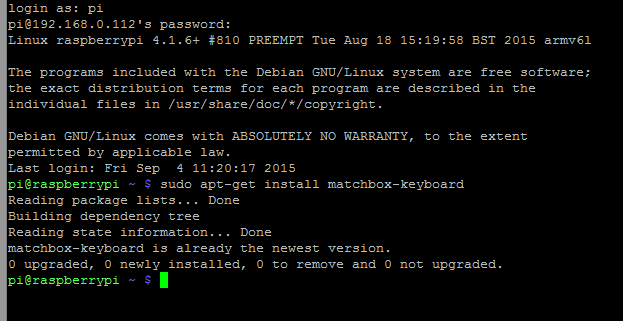

Lenovo laptops display a bright red Lenovo logo. Modern UEFI systems display a vendor logo on boot until handing over control to the bootloader e.g. Retaining or disabling the vendor logo from BIOS Otherwise pressing Esc on boot to show GRUB menu will not work. Note: If you set GRUB_TIMEOUT=0 and GRUB_HIDDEN_TIMEOUT=1 (or any positive value), set GRUB_RECORDFAIL_TIMEOUT=$GRUB_HIDDEN_TIMEOUT instead of GRUB_RECORDFAIL_TIMEOUT=$GRUB_TIMEOUT. Then, take an example as /etc/default/grub.silent, and make necessary changes to /etc/default/grub.
STARTX ON BOOT INSTALL
To hide GRUB welcome and boot messages, you may install unofficial grub-silent AUR package.Īfter the installation, it is required to reinstall GRUB to necessary partition first. See for more info on the options you can pass to systemd-fsck - you can change how often the service will check (or not) your filesystems. Now edit rvice and and configure StandardOutput and StandardError like this:

For this, replace udev hook with systemd: To hide fsck messages during boot, let systemd check the root filesystem.

Note: Redirection is broken with rootless login. To hide startx messages, you could redirect its output to /dev/null, in your. To hide agetty printed issue and "login:" prompt line from the console, create a drop-in snippet for ĮxecStart=-/usr/bin/agetty -skip-login -nonewline -noissue -autologin username -noclear %I $TERM startx etc/sysctl.d/nf kernel.printk = 3 3 3 3 agetty To hide any kernel messages from the console, add or modify the kernel.printk line according to : This can be solved by passing vt.global_cursor_default=0 to the kernel. The console cursor at boot keeps blinking if you follow these instructions. Quiet loglevel=3 rd.systemd.show_status=auto rd.udev.log_level=3Īlso touch ~/.hushlogin to remove the Last login message.

Below are the parameters that you need to pass to your kernel to get a completely clean boot with systemd in your initramfs: Actually, auto is already passed to systemd.show_status=auto when quiet is used, however for some motive sometimes systemd inside initramfs does not get it. You can pass rd.systemd.show_status=false to disable them, or rd.systemd.show_status=auto to only suppress successful messages (so in case of errors you can still see them). If you are using the systemd hook in the initramfs, you may get systemd messages during initramfs initialization. See rvice(8) § KERNEL_COMMAND_LINE for details. If systemd is used in an initramfs, append rd.udev.log_level=3 instead. If you also want to stop systemd from printing its version number when booting, you should also append udev.log_level=3 to your kernel parameters. For more information, see kernel parameters. The loglevel parameter will only change that which is printed to the console, the levels of dmesg itself will not be affected and will still be available through the journal as well as dmesg. Note that this only seems to work if both quiet and loglevel= level are both used, and they must be in that order (quiet first). You can change the level at which these messages will be printed by using quiet loglevel= level, where level is any number between 0 and 7, where 0 is the most critical, and 7 is debug levels of printing. If you are still getting messages printed to the console, it may be dmesg sending you what it thinks are important messages. Keep in mind this will conflict with KMS so only use this argument if you are affected by said bug. Note: Add vga=current as a kernel argument that avoid weird behaviors like FS#32309.


 0 kommentar(er)
0 kommentar(er)
